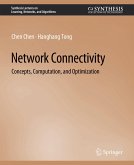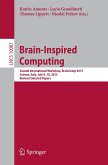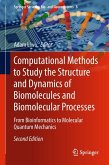The disulfide connectivity of a protein chain containing oxidized cysteines determines the pairing motif of these cysteines. This book aims at developing an intelligent system to predict the disulfide connectivity from solely the protein primary sequence. The book examines two different machine learning approaches to develop such systems: Neural Networks and Support Vector Machines. The book flows in five chapters that introduce the problem of disulfide connectivity prediction, thoroughly review the state-of-the-art researches, present our two-phase machine learning framework and technical details, and eventually investigate the performance of this intelligent system on real data from PDB database. This book, therefore, is step-by-step guide for researchers to develop intelligent systems that facilitate discovering disulfide connectivity patterns in protein chains. Moreover, researchers interested in the challenging problem of protein 3D structure prediction can benefit from thisbook to reduce the number of possible structural conformations of a given protein sequence and consequently obtain better understanding of protein folding.







